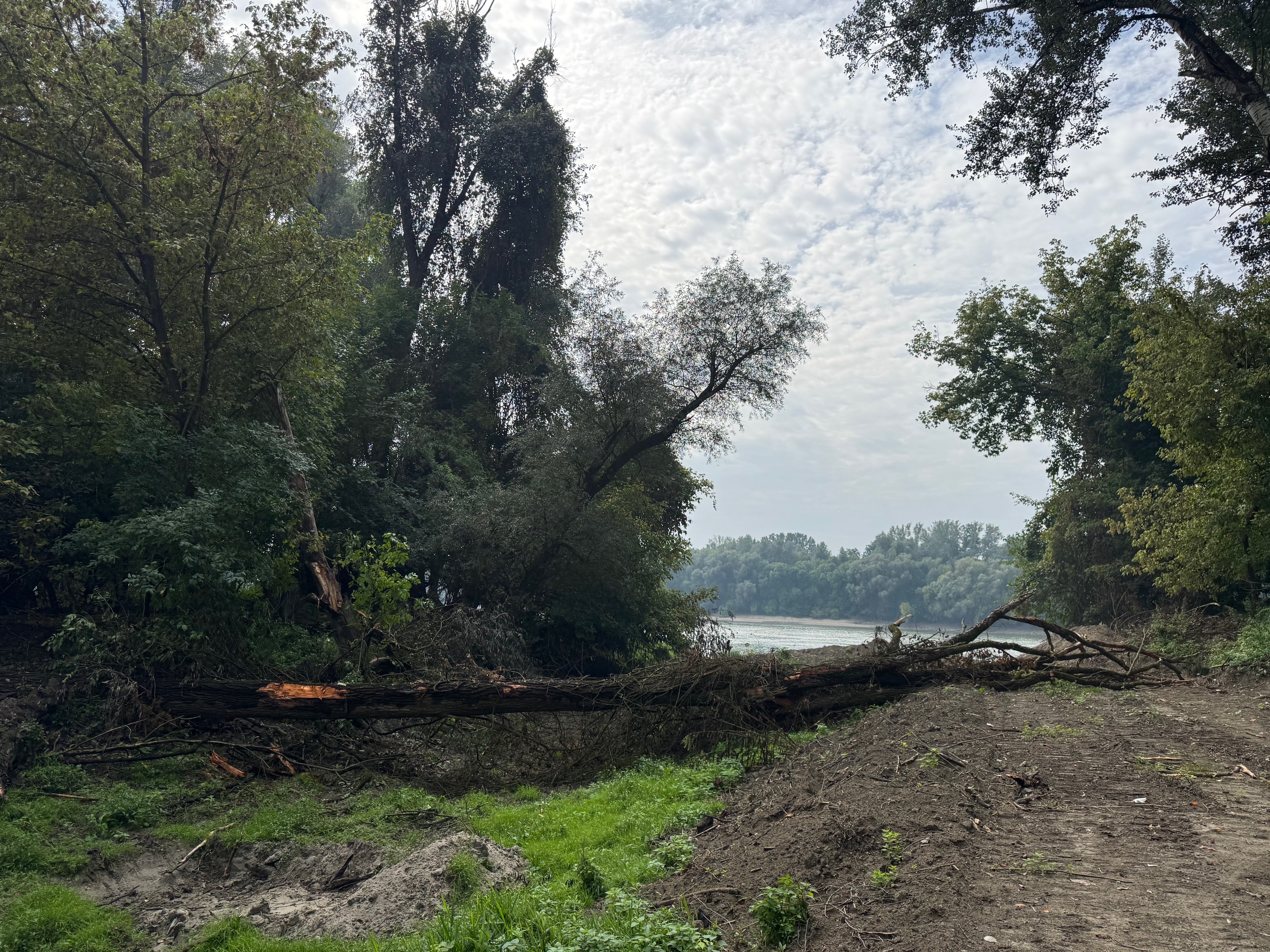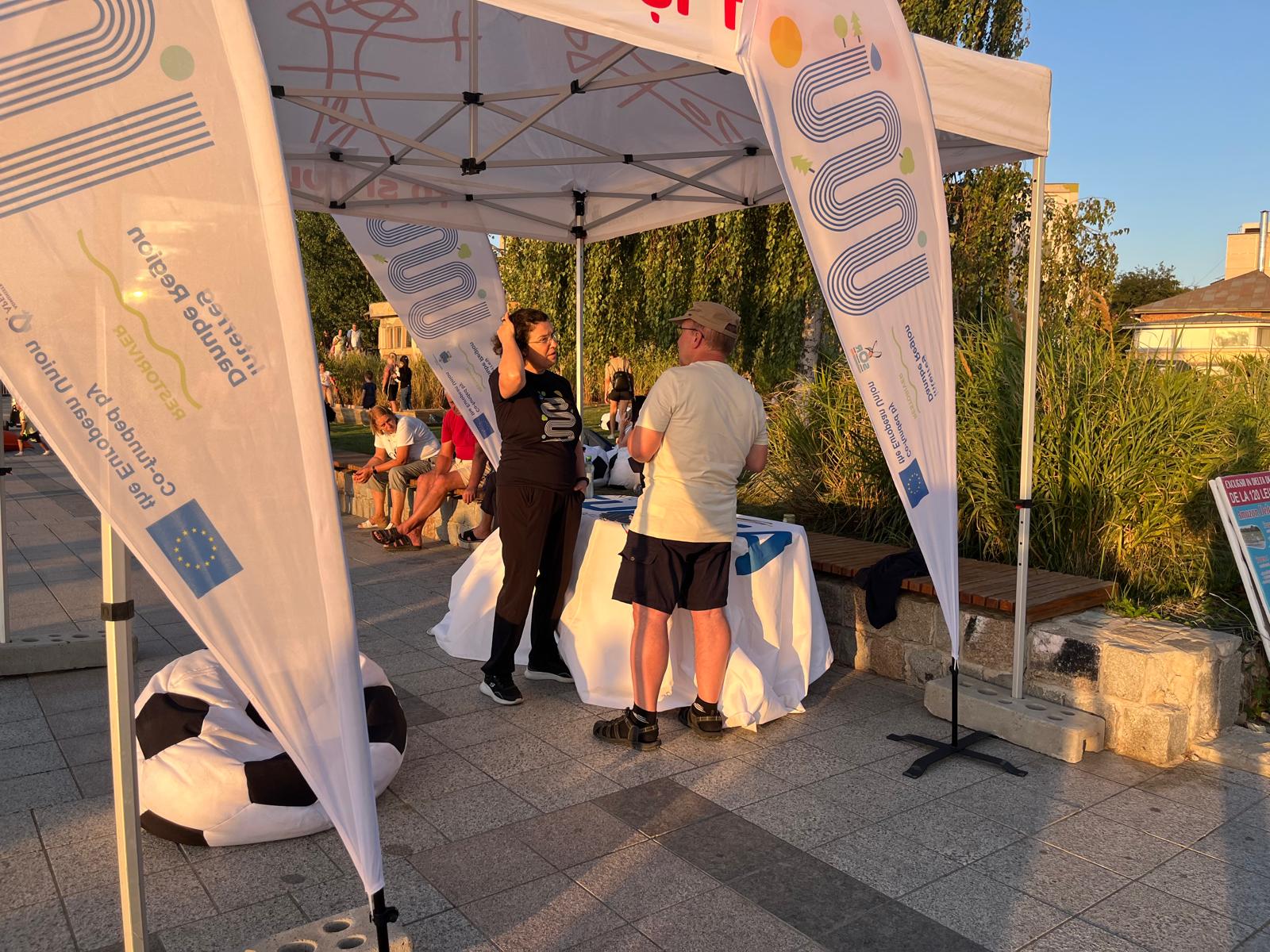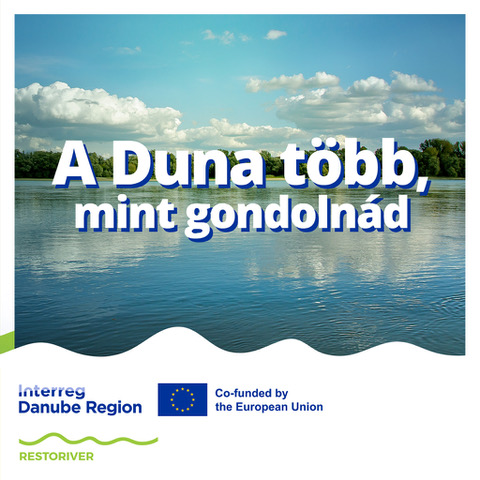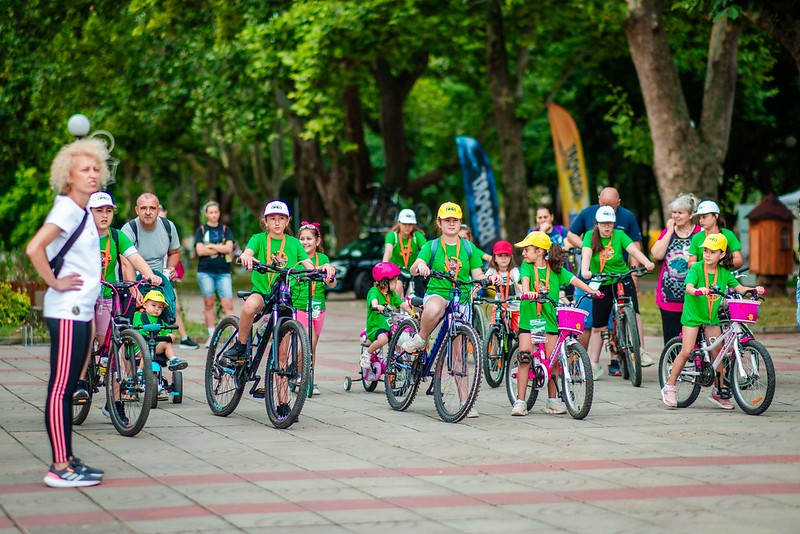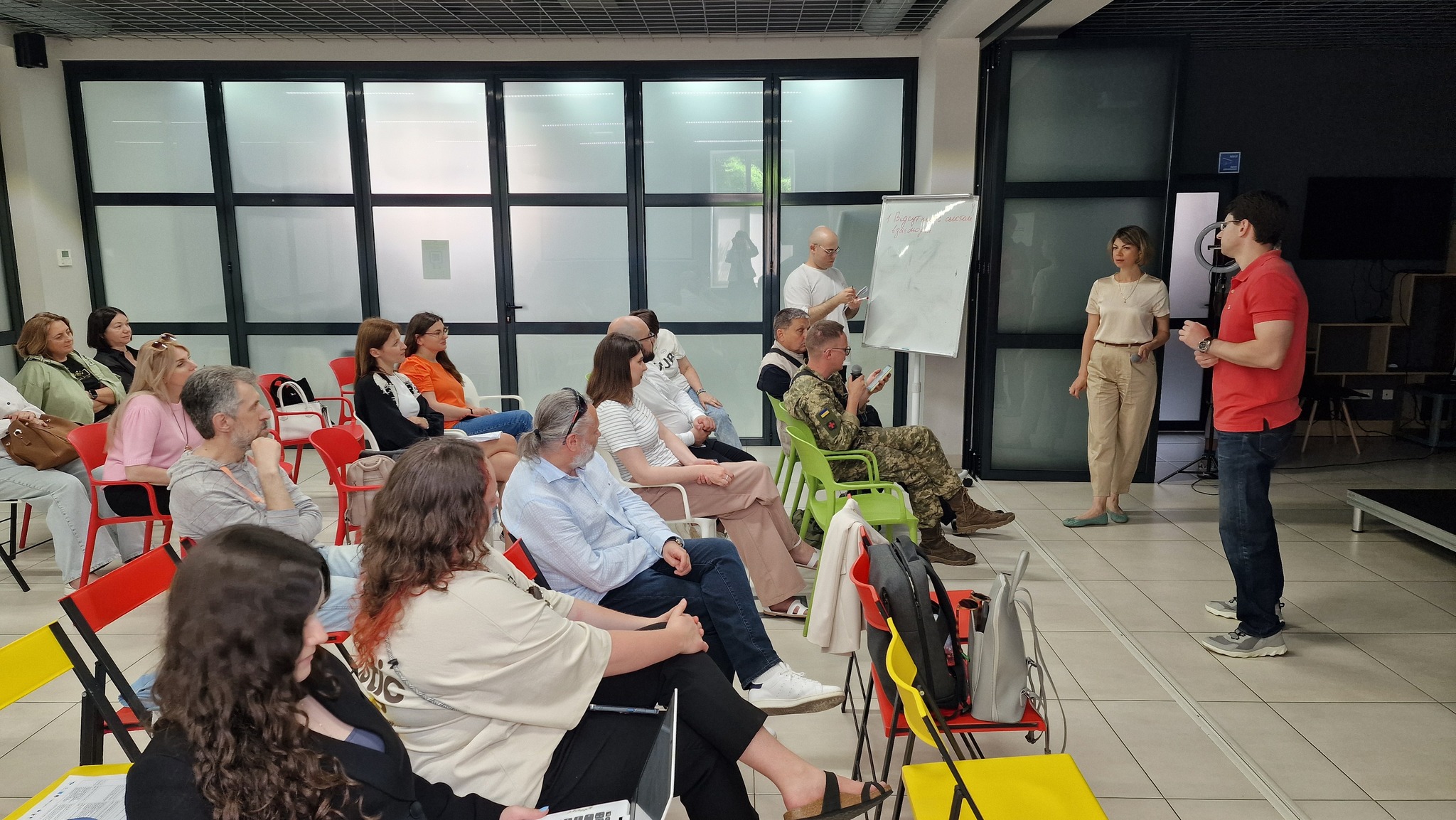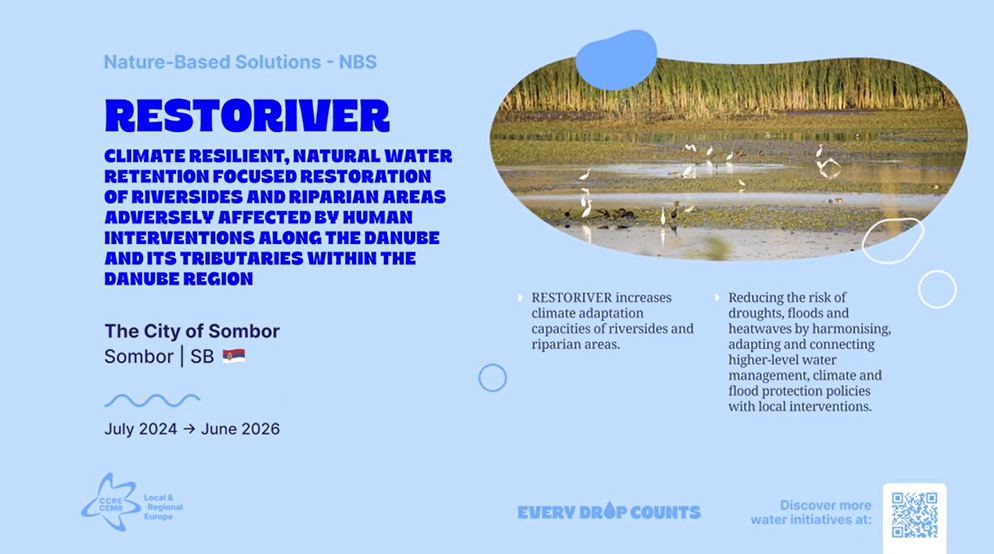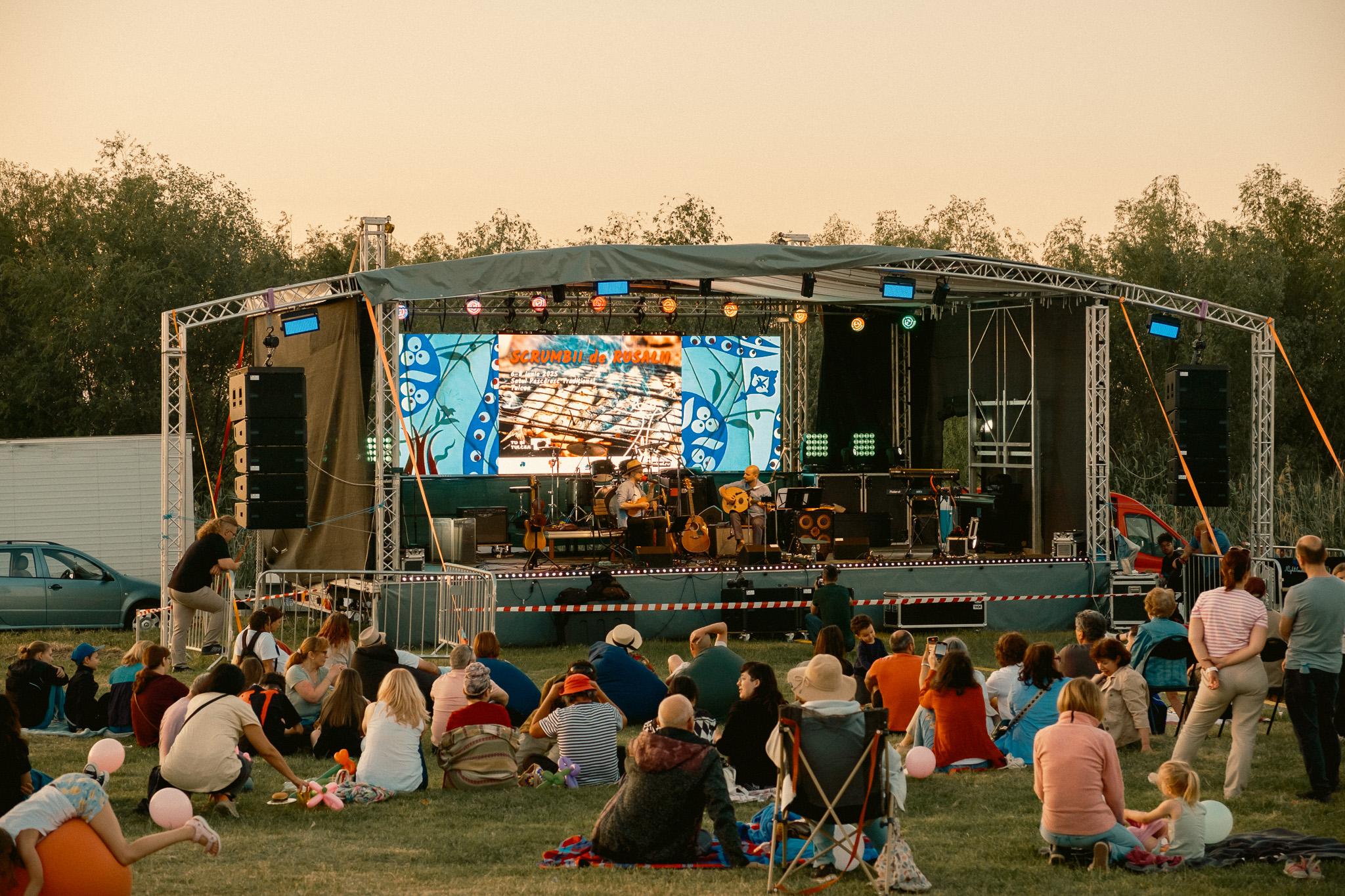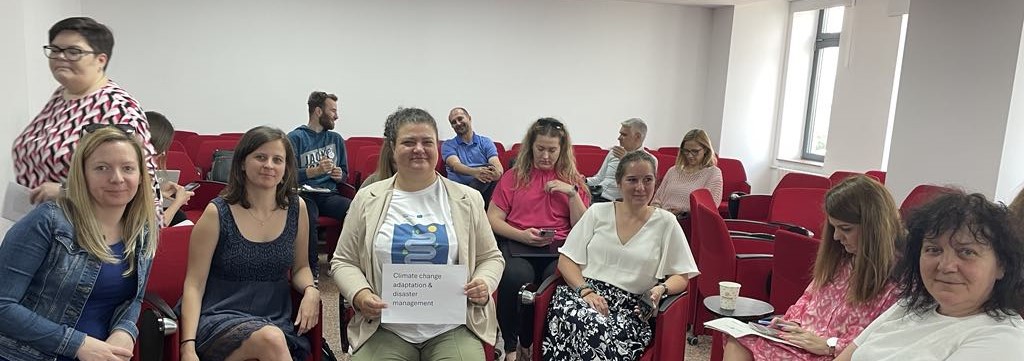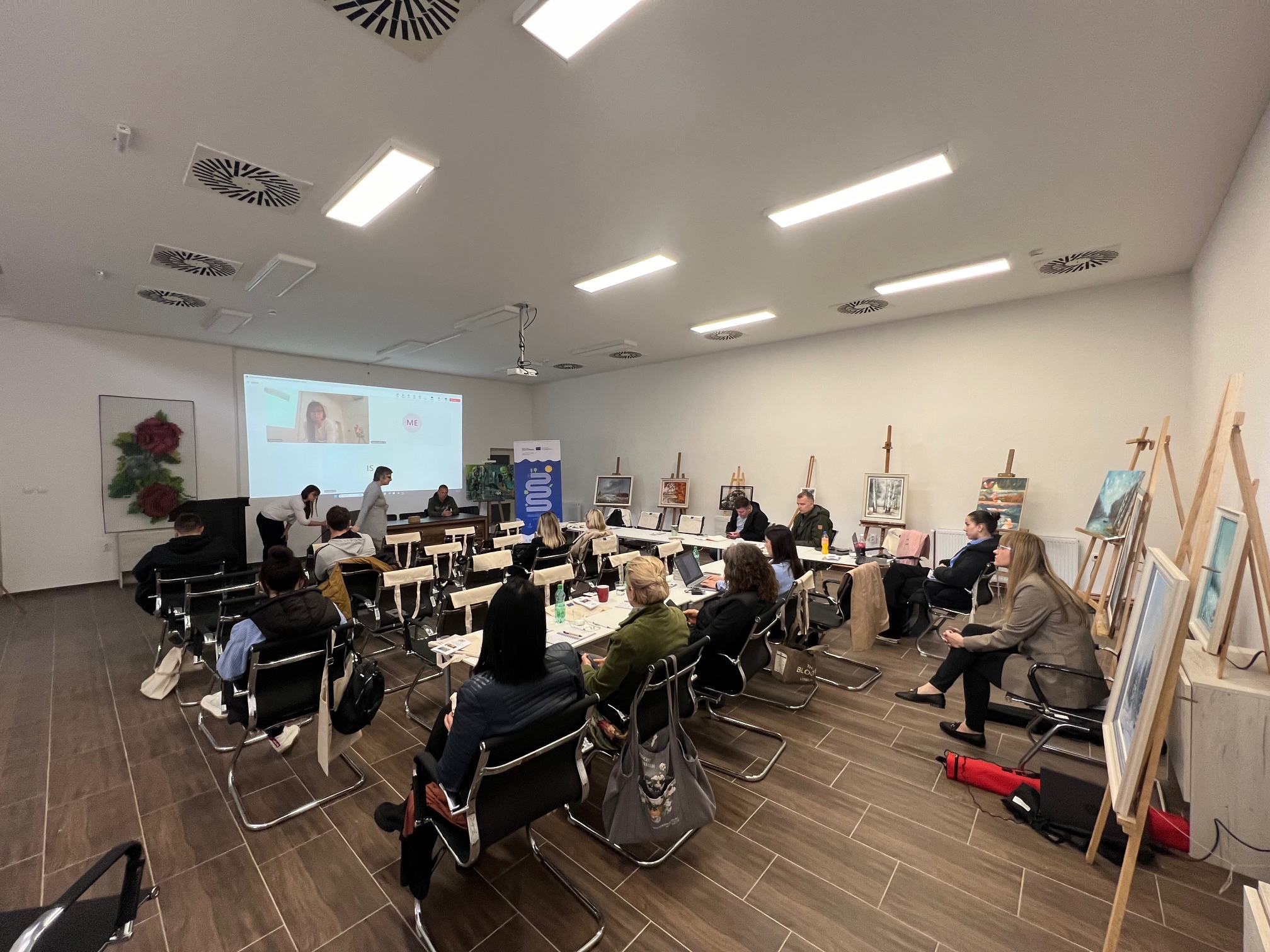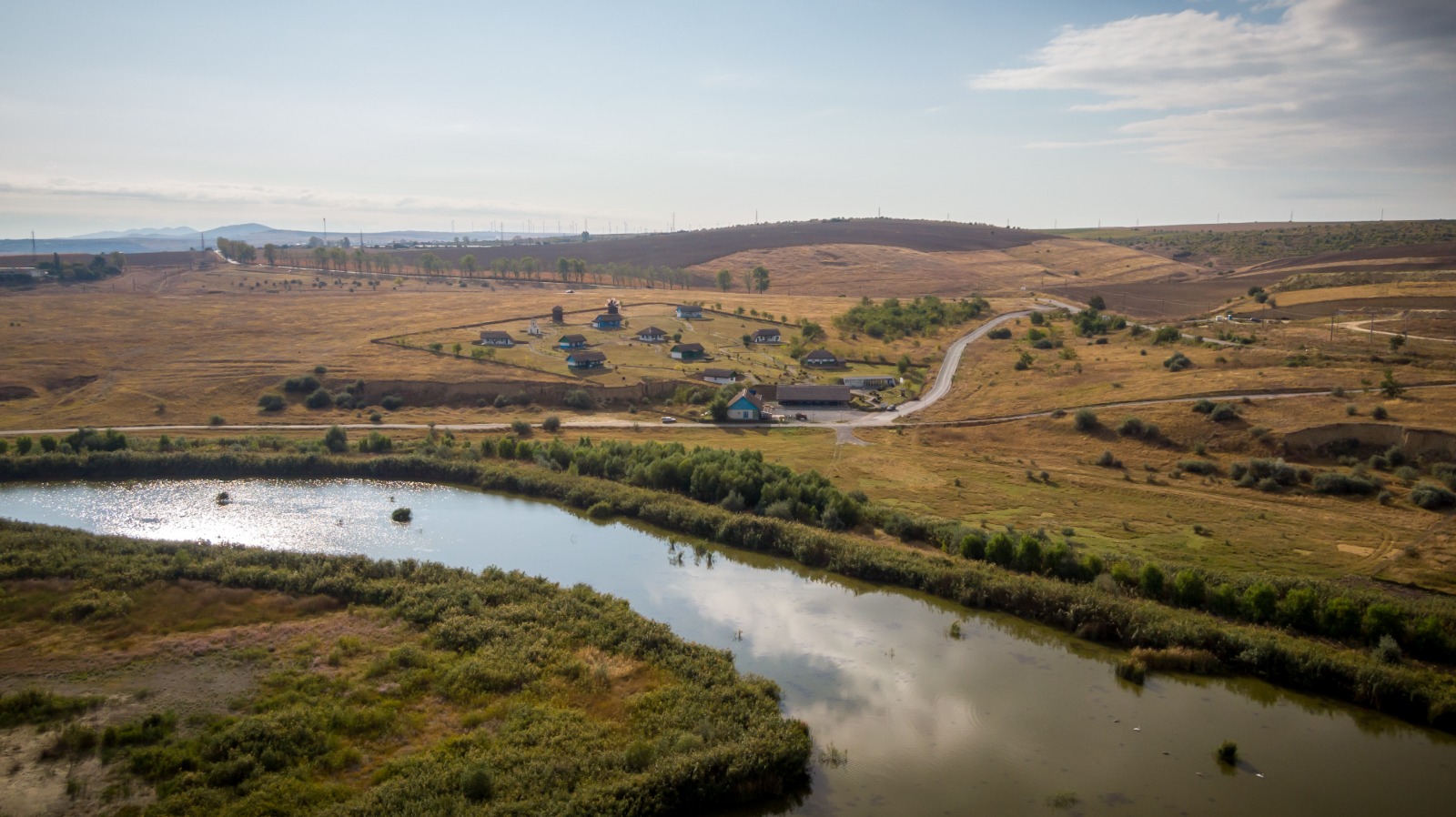
Zaghen, Tulcea - How a Danube Floodplain Wetland is Being Revived with EU Funding
The RESTORIVER project, a continuation of the wetland restoration initiative near Tulcea, brings a strong community and educational dimension while laying the groundwork for future ecotourism development.
On the outskirts of Tulcea, in the floodplain of the Danube, nature has reclaimed its rights over a piece of land that, just a few decades ago, had been artificially converted for agriculture. RESTORIVER—part of a wider European programme focused on restoring wetlands across the Danube River Basin—has brought back to life to an area long abandoned. But the restauration works are far from over. Mihaela Simion, Communications Officer at the Romanian Ornithological Society (SOR), explains what has been done so far and what lies ahead.
“The RESTORIVER project is a continuation of the initial rewilding project in the Zaghen area. That rewilding project began in 2006–2007 and lasted nearly a decade. The project led to the restoration of Lake Zaghen, with water pumped in from the Danube via an artificial canal. While up until the 1970s this was a natural lake, starting in that decade, efforts were made to transform it into agricultural land. The lake was drained and attempts were made to remove all water from the site. However, strong underground springs made that impossible, and the initiative turned out to be a failure. The land was subsequently abandoned as an agricultural site, and thick reed vegetation took over. Being located on the outskirts of the city, the area was neglected and gradually turned into an informal dumping ground, also occasionally used for grazing livestock. But this project brought nature back where it once belonged.”
The lake has since become not only a refuge for birds and wildlife but also a buffer zone that helps retain water — essential in a region like Dobrogea, where drought is becoming an increasingly serious threat. Still, the work continues with new interventions aimed at maintaining ecological balance.
“Since nature never stands still and is constantly evolving, climate change has contributed to extensive reed overgrowth in the area. Through the RESTORIVER project, we aim to restore the open water surface to as large an area as possible and, beyond that, to create openings in the dense vegetation belt that currently surrounds the lake.”
The restoration of the area has allowed many species to return. The Romanian Ornithological Society (SOR) is monitoring bird populations in particular.
“One of our projects focuses on the conservation of the Dalmatian pelican, a species classified as vulnerable on Romania’s Red List. Following the restoration, one of the sites where we monitor this species is actually Lake Zaghen, as it now provides a large enough open water surface and offers a suitable habitat for the birds.”
In addition to the Dalmatian pelican, species such as white-tailed eagles, bee-eaters, rollers, and mammals like deer, muskrats, and otters have also been observed in Zaghen.
The RESTORIVER project also has a community and educational dimension, with plans to develop ecotourism.
“We’ve already carried out a knowledge exchange with our partners from Bucharest — the Văcărești Nature Park Administration — which already has a management plan for its urban nature park. Our colleagues from Tulcea Municipality and Romanian Waters took part in this exchange, visited the park, and observed the available infrastructure, how the signage was installed, which areas are designated as no-access protection zones, and how the site is being safeguarded against potential reed fires.
This already constitutes a best practice project in Romania, and this exchange of experience has helped identify the key needs for an early-stage initiative like the one planned for the Zaghen area.
Moreover, several other projects are targeting this site: cycling paths along the dike surrounding Zaghen, a peri-urban forest project that will also take place here, and the Fishermen’s Village Museum, which serves as an excellent example of how communities can develop sustainably in a natural environment.”
RESTORIVER is part of the Interreg Danube Region Programme — a European network bringing together 15 organizations from seven countries — Romania, Bulgaria, Hungary, Croatia, Serbia, Slovakia and Ukraina — to test nature-based solutions aimed at restoring wetlands in the Danube Basin. In Romania, the project is implemented by WWF Romania, Tulcea Municipality, the National Administration “Romanian Waters,” and the Romanian Ornithological Society (SOR).
Such initiatives demonstrate how international collaboration, scientific expertise, and the involvement of local authorities can transform degraded lands into functional ecosystems — crucial for climate change adaptation and the well-being of local communities.
News & Events
Read the most recent updates and explore the upcoming events.

